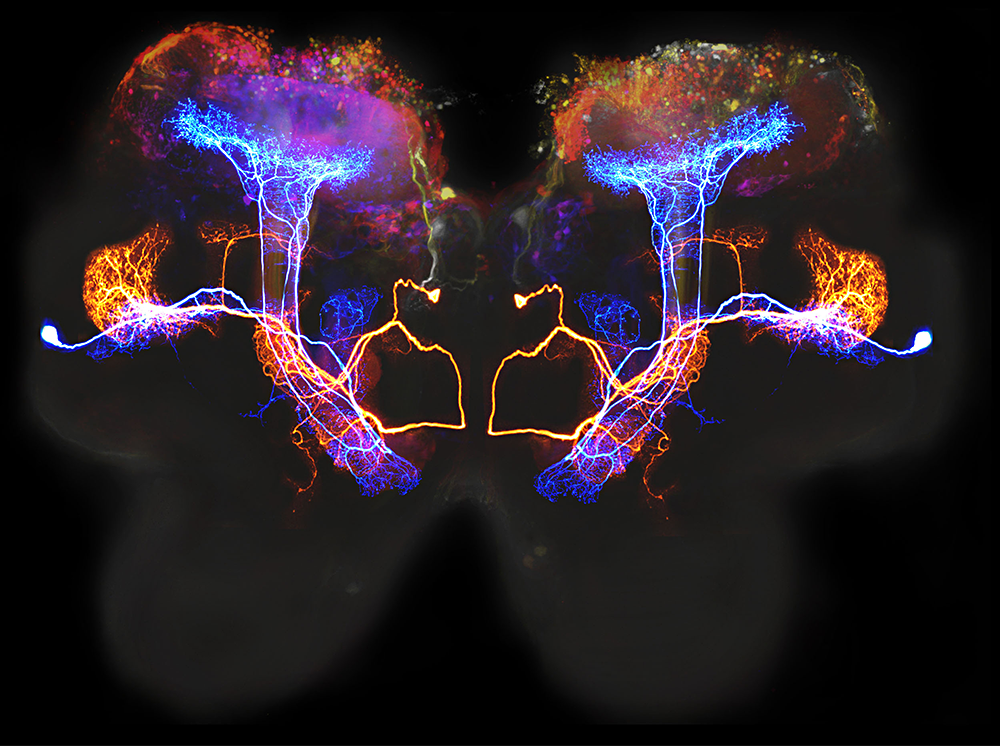Download Episode Here – right click link and select “Save Link As…”
In this episode, Joel and Antonia talk about balancing the growth of all the cognitive functions in your personality.
In this podcast you’ll find:
- What are type dynamics, and what is type-dynamic development?
- Going deeper: what are the patterns surrounding type development?
- Check out our article on The Car Model to learn about your cognitive functions.
- What’s the difference between using type for “diagnostics” versus “prescription”?
-
An overview of John Beebe’s 8 function model
- How to figure out what your 4 shadow functions are
- Why does Personality Hacker mainly focus on the first 4 functions?
- Why it can feel “wrong” if you try to use your shadow functions.
- Potential pitfalls of using shadow functions to type yourself and others.
- The pattern of how type development works:
-
The Driver (dominant) function:
- What’s the difference between using and exercising your Driver function?
-
The Copilot (auxiliary) function:
- How does this support the driver function when developed?
- Why you can’t “grow” functions in isolation – how the Copilot influences the “flavor” of the driver
-
The 10-Year-Old (tertiary) function:
- The idea of “rehabilitation” – how the Co-pilot facilitates better growth for your 10-Year-Old function
- Antonia’s type development story about her Copilot and 10-Year-Old
-
The 3-Year-Old (inferior) function:
- How your 3-Year-Old “comes along for the ride” when you develop your Copilot
- What makes it difficult to integrate this function and how can the Copilot help?
- An illustration of integrating Accuracy (Ti) for ExFJs
-
Shadow functions – introducing the role of the 6th function: The Senex (or Witch).
- Joel and Antonia’s experiences with their 6th function
- Why it’s important to your personal growth and development to apply what you’ve learned about the system.
To subscribe to the podcast, please use the links below:
Subscribe with iTunes
Non-iTunes Link
Soundcloud
Stitcher
Google Play
Spotify
Radio Public
PlayerFM
Listen Notes
If you like the podcast and want to help us out in return, please leave an honest rating and review on iTunes by clicking here. It will help the show and its ranking in iTunes immensely! We would be eternally grateful!
Want to learn more?
Discover Your Personal Genius
We want to hear from you. Leave your comments below…



Share:
Podcast - Episode 0306 - The Enneagram Prison Project Part 2 (With Sue Lambert)
Podcast - Episode 0308 - The Judging Functions You Are Compelled To Use
7 comments
Your observation that Authenticity users and Harmony users tend to feel the most antipathy towards each other’s use of the feeling function rings true for me. Even back when I thought I must be an INTx, before I found out I’m an INFJ, descriptions of Fi always evoked the most immediate, instinctual feelings of distrust and dare I say repulsion, even though feeling is not my dominant function. I assumed that was an idiosyncratic dislike due to personal experiences of seeing Fi be used immaturely and go out of control, but it seems I’m cognitively primed to view Authenticity with a critical eye. I’ll have to watch out for that bias in the future :{.
Maybe the reason Harmony and Authenticity users experience the most conflict is because our feeling functions inform our values, and unlike the principles generated by our thinking functions (which I believe are more amenable to alteration when new and better information comes along?), we have an emotional attachment to our values. Therefore, a conflict in values—or even different ways of arriving at those values—can feel like an attack on what we prioritize most in the world and build our lives around.
About the final observation: I think, next to rounding out the co-pilot, it also makes sense that the sixth function pops up because it’s the first shadow function with the same attitude as the driver. So it’s somehow familiar for the first two functions maybe? Just like jumping to the third feels easier than the second. But then, wouldn’t it be good for rounding out the driver to develop the fifth function before the sixth?